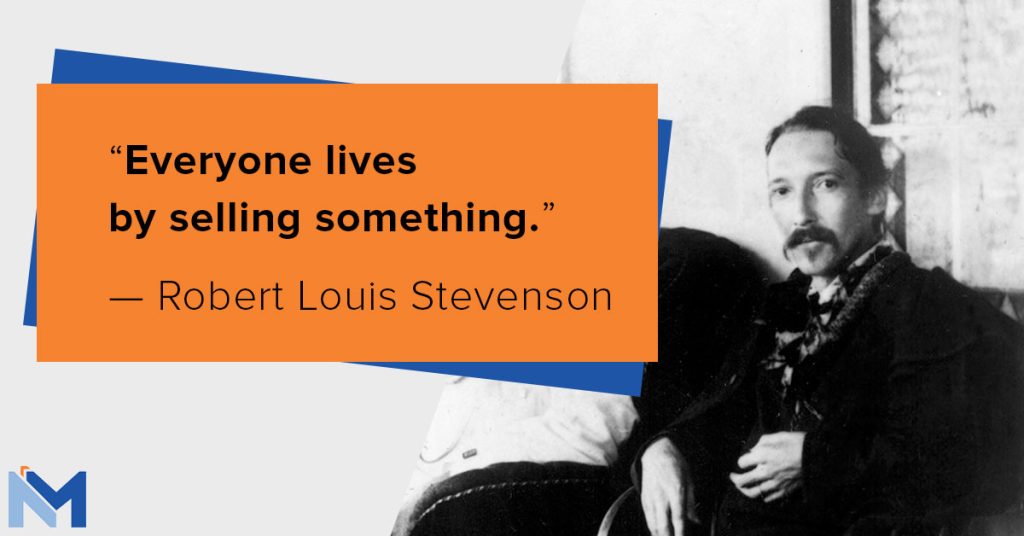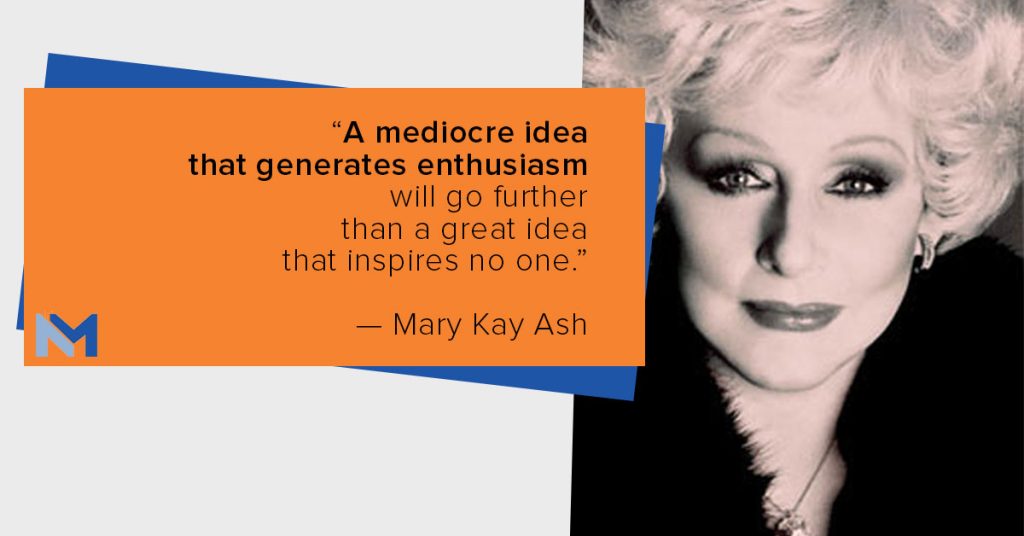How many thousand-dollar bills are you leaving on the sidewalk?
We had a client in northern California who had invested in a dental implant lead generation website. Her website ranked at the top of Google for all the major decision-making key terms and generated inbound phone calls asking to set appointments.
These calls are tracked so we can measure the campaign’s success, and we like to listen to every call made so that we can gauge lead quality and how well the practice can close them.
This practice was closing few leads and I listened in on the phone calls to figure out why.
The receptionist greets the caller, “Hi, thank you for calling our office, how can I help you?”
“Hi, I’d like to schedule a consultation for dental implants,” says the prospective patient.
“We don’t offer that.”
This story is 100% true.
It’s a particularly, and unusually, egregious example of a problem that affects most dental practices and other small businesses where there is someone who must filter and set appointments up for inbound leads.
That problem is a lack of sales training and it’s costing your business tens, or hundreds, of thousands of dollars.
It’s costing you patients and customers you could have had but failed to close.
[optin-monster-shortcode id=”wbw80mm0fxs0v0dhpgku”]The Story of the $25,000 Bill on the Sidewalk
I had a client who was looking exclusively for new implant-supported denture patients.
For those of you who aren’t dentists, an implant-supported denture uses dental implants and a porcelain permanent denture to replace an entire arch of teeth. The results are brilliant, and the procedure is correspondingly expensive.
$20,000–25,000 per arch.
This is a challenging case to earn through paid advertisement because Google ads are often used by price shoppers to peruse their options and look for deals.
And someone who’s going to invest in a full arch will need to trust the dentist before the appointment is scheduled.
We had to deliver qualified leads, which were leads who were ready to schedule a consultation right then and able to pay for treatment.
We delivered them.
One of these leads calls the office. “I need to have my teeth replaced, but I’m older and I live an hour or more away. I can’t drive through the snow. I have to wait for my daughter to come visit me in April.”
“Okay,” says the receptionist. “We’ll talk to you then.”
I guarantee you that they did not talk again in April.
That was easy business that was lost because the receptionist did not have the training she needed to close the sale.
She could have instead said, “It’s no problem. Let me have an Uber pick you up and we’ll get one to take you back home, on us.”
Let’s say Uber would have charged them $200. What’s a $200 expense for a patient who’s spending tens of thousands of dollars?
What’s $200 to prove that you truly care about your patients?
To prove that you are there for them when they need you.
Now they have $0 from the case.
The Myth of the Hard Sell
The word ‘sales’ conjures up dark, terrible imagery.
It reminds you of Jordan Belfort, the manipulating salesman from The Wolf of Wall Street.
A person introduces themselves as a ‘salesperson’ and you’ve already stopped listening. You don’t want to be sold anything. You don’t want to be talked into anything.
Being pushy, aggressive, and obnoxious is bad salesmanship.
I’ve been around enough salespeople to know the distinction. There are two ways to make a sale: inspire or manipulate. A manipulation is, for example, a price discount. Inspiration, on the other hand, comes down to communicating the value of the service. If you provide a great product or service, you don’t need to manipulate. You have the luxury of leveraging the value of what you provide because it’s worth it for the customer to accept your price. A good salesperson knows this.
You can’t let bad salespeople push you away from sales altogether.
Life, after all, is just one sale after the next.
We are constantly selling something.
In my role at Now Media Group, I sell my ideas to the partners, across departments, and to my team. As a businessman, you sell your products and services every single day. You might not think of it as selling, but every time you explain what you do to a prospect and show the value you can provide them, you are selling those services and products to that person.
Selling is not about being pushy, it’s about positioning your value proposition in a way that the prospect can identify with. It’s about framing what you do in a way that appeals to the people you want as patients and customers. Don’t focus on the sale, focus on the value you offer.
In the case of the $25,000 prospect tossed away, had the receptionist offered to order the prospect an Uber, or offered whatever compromise the office would have preferred, she wouldn’t have been hard selling him, she would have instead communicated a value of the practice: we will do what it takes to help you meet your goals.
She would have been true to the business’ philosophy: putting the patient first.
Being able to respond in this way is a matter of training.
How to Train Your Sales Team
You can start my tracking phone calls. There is software that will record the call and allow you to listen to the conversation.
If you, the owner, don’t have time to listen to calls and train your staff, then you must hire somebody who can.
Where do you start?
Start with tone. The extraordinary salesperson is a master of their tone. Think of, for example, Tony Robbins, watch how he speaks in one of his videos. Tone communicates hidden meaning. In ways, it can say more than your words can. That’s why people complain, “It’s not what you said, it’s how you said it.”
How you say something conveys most of the meaning. It can totally change how your words are interpreted.
If your receptionist doesn’t sound excited, what does that say about you and your services? If your team can’t even sell themselves, how can they sell you?
Within tone, you can control for pitch, pace, volume, and timbre:
- Pitch: How low or how high. A high pitch can make you sound immature and defensive. Ending a sentence with a high pitch can make it sound like a question, rather than a statement. Deliver a sentence with the wrong pitch, and it may totally undermine your intention.
- Pace: How quickly are you speaking? Speaking too slowly can be interpreted as being demeaning. Speaking too quickly can lose the person on the other end.
- Volume: We all know how well yelling at customers goes. But you may also use volume more strategically, emphasizing certain words.
- Timbre: This speaks to the emotion in your voice. Are you sad, mad, happy, or frustrated?
Start with making your team sound excited.
If your team is excited when they talk to customers, it will communicate something about your business: people like to be there, it’s fun, and this feeling is authentic.
If your staff sounds excited, next give them feedback on their calls. What could they have said better? What could they have said instead? Maybe they don’t know how far you are willing to go to close a customer. Maybe that receptionist in the $25,000 example didn’t know that the doctor would be willing to pay for the patient’s Uber. Let your team know.
Teach them how to communicate your values and those of your business.
The ultimate stake in your business is yours. It’s worth guiding your team to where they need to be to meet your goals.
If you don’t know where to start, hire someone who does.
No Such Thing as a Perfect Lead
Sometimes the leads are weak.
If you don’t accept Medicare but are getting mostly Medicare prospects through your Google Ads, then the leads are weak.
There are ways to improve lead quality.
But there is no perfect lead.
And, at the end of the day, if your practice or business is lacking new customers, then it’s probably not the leads which are at fault.
Don’t rely on the perfect lead, train your staff to close the imperfect ones.
One of those imperfect leads may be a $25,000 case ready to be picked up off the sidewalk.


